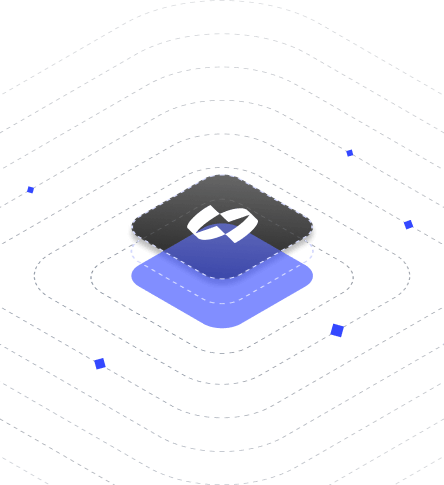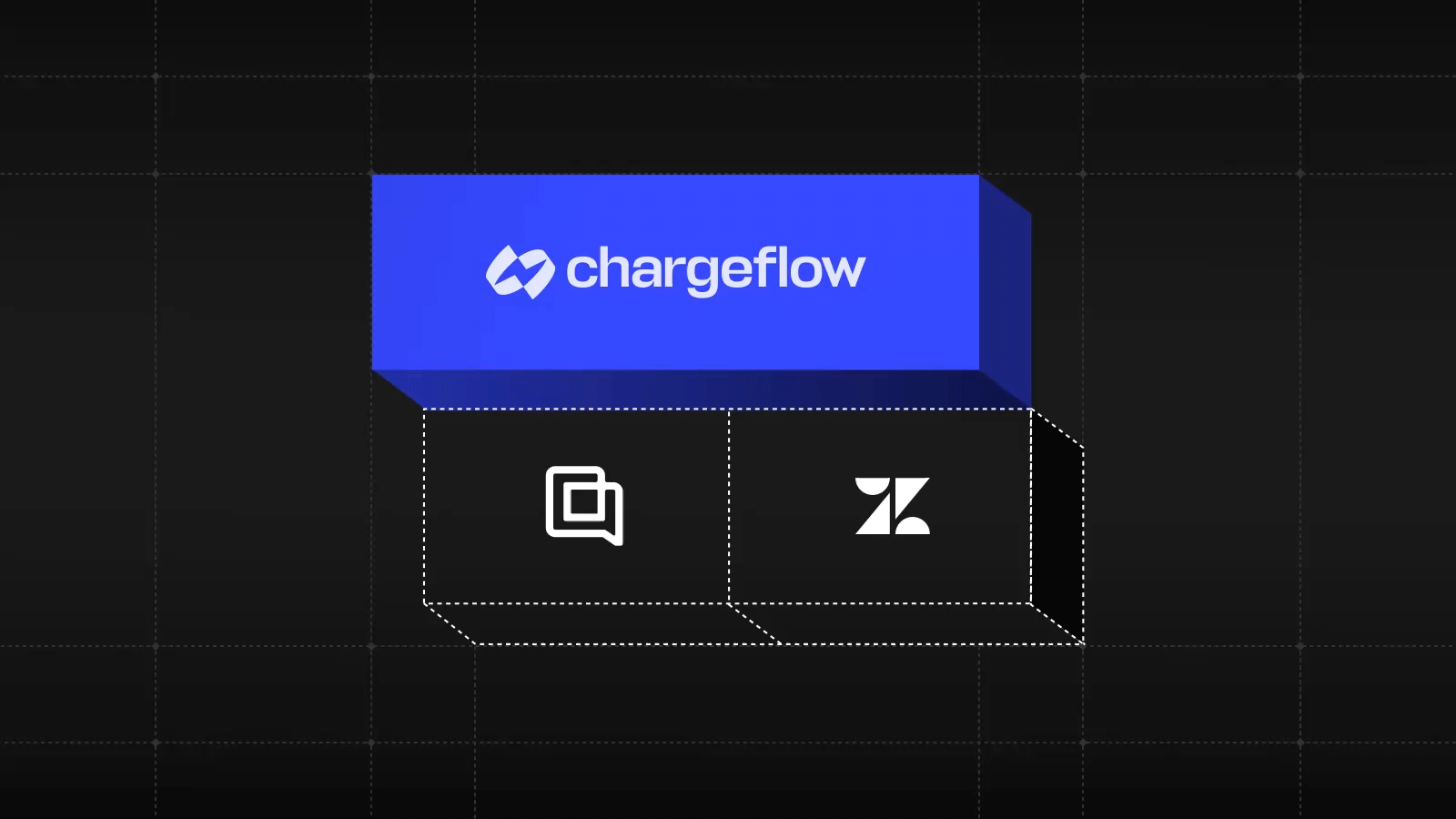Is Automated Chargeback Management the Game Changer or Just Another Hype?

Chargebacks?
No longer your problem.
Recover 4x more chargebacks and prevent up to 90% of incoming ones, powered by AI and a global network of 15,000 merchants.
Chargeback automation reduces chargebacks and friendly fraud on your platform while scoring higher conversions and revenue. Learn more about it.
Chargebacks happen when a cardholder disputes a specific transaction.
The twin tragedy of the loss of revenue and merchandise is only the beginning of how chargebacks impact merchants. The actual cost is humongous. Several studies have shown that for every $100 in chargebacks, your actual chargeback cost is $240 in wasted time, expensive fees, penalties, or additional losses of goods and services.
Understanding why chargebacks happen and mitigating them is crucial. Why? You will refocus your resources in meeting metrics that matter the most. And, an informed fraud mitigation strategy helps to give your customers a better buying experience while reducing abandoned carts.
So, is automated chargeback management the game changer? Or is it just another marketing gimmick?
Well, we reckon the best place to start in helping you learn how automated chargeback management enhances your chargeback mitigation is to give you valuable insights into the causes and origins of chargebacks.
Why do chargebacks happen?
Tracking down why the chargeback happened is crucial as it helps you address the problem from the root cause. And chargeback reason codes give you a headstart in this direction.
In e-commerce parlance, chargeback reason codes are the alphanumeric codes that issuing banks give merchants to help them identify the reason for the dispute.
Although chargeback reason codes could be misleading at times, they help you ferret out the reason for the dispute and strategize accordingly.
Chargebacks can be sculpted into three major categories. The first category is chargebacks caused by merchant or customer errors -- such as clerical mistakes.
The second category is criminal fraud, which is chief among chargeback reason codes. In this case, a cardholder is disputing an unauthorized transaction.
The final category goes with the fancy-pants name“Friendly Fraud.” In essence, a cardholder is trying to play smart by taking advantage of loopholes in the chargeback system to commit online shoplifting.
Now, each of the above classifications embodies distinct chargeback reason codes. And each of those distinct chargebacks also has various causes and solutions.
Below are some common sources you should bear in mind:
- Authorization and processing errors: These might be from the merchant or processor. Authorization errors happen when a merchant does not incorporate industry best practices when attempting to gain authorization for a credit card transaction. Most often, these errors result in chargebacks and revenue loss. To address this, you need to do your due diligence and work with your payment processor. One way to do that is to get payment authorization.
- Cancellations and returns: In some instances, a buyer could change their mind about a particular transaction by canceling or returning the order. That, most likely, will result in a chargeback. The reason could be simple buyer remorse or the product not meeting expectations. And to address it, you will need a well-drafted return policy disclosed on your websites. Also, ensure you obtain each customer’s explicit consent before taking their card payment.
- Order fulfillment challenges: Hiccups in order fulfillment due to shipping mistakes, wrong/insufficient packaging, and delivery can lead to chargebacks. To fix this, you have to examine the client’s journey and pinpoint where the difficulties are in your order lifecycle. Create a hassle-free distribution process by outsourcing your delivery service or developing an internal supply chain unit -- if your budgets can accommodate that.
- Poor customer service: Everyone wants to be treated as important. And when a customer places an order, the next thing they expect is to receive their item. Excellent customer service goes a long way in helping you avert cases and turn disenfranchised customers into allies. Pay attention to the entire order cycle and beyond.
- Affiliate fraud: The internet is rife with dodgy affiliate marketers seeking to cash out at the merchant's expense. When this happens, the customer will turn the screws at you. Do your research and follow industry best practices.

How do you automate a chargeback?
Having cleared the air on some of the sources and causes of chargebacks, let’s look at how to automate a chargeback to win more cases.
Outside of you doing the heavy lifting yourself (which is a No-No), there are different options in the market for handling your chargebacks. Each of these tools and strategies has its merits and demerits. And we shall evaluate that in this section to help you make an informed decision.
Option 1: Outsourcing your chargeback mitigation
Without question, chargebacks are now a huge problem that keeps getting bigger and harder to control every day. The burden of proof on the merchant to present compelling evidence that demonstrates why the chargeback should be nullified is overwhelming.
Outsourcing your chargeback mitigation to a specialist vendor can help you ensure that fraudulent cases aren’t slipping through the cracks. The vendor will monitor and manage those chargebacks for you.
The benefits? First, your cases are in the hands of experts who understand the rudiments of the game better than you do. That can mean more cases won on your behalf. And you also get to save your workforce time and efforts that would’ve been spent on the uphill battle.
The downside could be that you pay a little higher for that professional service. You also can’t control how the process pans out, and you could risk potential business relationships at the expense of winning cases.
Option 2: Onboarding chargeback management software
Here’s where the actual chargeback automation happens. You subscribe to a licensing software that automatically manages your chargebacks without you lifting a finger.
The caveat is, not all chargeback automation tools are built equal. The industry is flooded with marketers promising you sunshine and rainbows but making the right choice is the key. And you should know that Chargeflow is the world’s first fully automated dispute and chargeback management system there is.
Using automated chargeback management for your e-commerce store saves you an ungodly amount of time and resources, especially in these uncertain times. Automated chargeback management gives you flexibility and control over the entire process. Instead of onboarding multiple programs to fully manage different assets, chargeback automation gives you a single program that uses high-end fraud protection to eliminate the impact of chargeback on your store.
A growing body of research and data show that businesses that adopted automated chargeback management outperform their counterparts that manage chargebacks manually. One survey found that merchants using automated chargeback management technology reported an increase in ROI of 800 to 1,500 percent.
Here’s another benefit: automated chargeback management removes barriers to data and insights. That data puts you on top of your customer’s buying patterns, with tips to lower your dispute rate and take your chargeback win-rate to a whole new level.
The cons? Well, depending on who you work with, there could be incidents of inconsistent performance. And you could also spend more time and effort on managing the software.
Option 3: Hybrid chargeback mitigation solution
The term “hybrid” is popular these days, and in this case, it means that you aren’t using a fully automated chargeback system. The program is neither fully managed nor SaaS.
You chose to onboard a SaaS package for tools that look like less headache and outsource the tough ones to a specialist company.
People often confuse this approach with automated chargeback mitigation, but they aren’t the same. The difference is that while a fully automated chargeback handles the entire process without you lifting a finger, the hybrid doesn’t do that. You manage your chargeback systems to find transactions and chargebacks to dispute while relying on a full-service company to handle the actual disputes.
The benefits include that you have some level of control and flexibility. But on the other hand, using the hybrid option means that you have more tools, and managing and coordinating them with partner programs can be difficult.
More so, you might need to onboard more than one program, which means that your team has additional bills to manage.

Metrics for choosing a chargeback automation system
By any checklist, Chargeflow stands out from all other chargeback mitigation tools in the market. And it should be top of mind for this subject.
Any chargeback automation solution you onboard has to make sense, not just for you but also the customer; you don’t want to sacrifice your customer’s buying experience for fraud protection. In that regard, pay attention to the following key attributes of a good chargeback automation service.
Ability to mitigate frauds
Fraud detection is crucial. And any service that does not help you identify the user or a fraudulent behavior isn’t worth the time invested in writing the codes. You should have the option to track suspicious transactions before they happen. You should also compare the billing address to the address on file for the payer’s account. With this approach, you can quickly decline potential high-risk transactions. If you don’t have the option to ascertain the person making the transaction with Address Verification Services, it’ll be tough to debate chargeback disputes.
Credit Card Verification code and blacklist
Every credit card has a card security code popularly known as CVV2, CVC2, CID, etc., and this program helps verify the buyer inputted the correct code for their credit card. A wrong code is a potential fraud red flag and enables you to avoid unauthorized transactions.
Equally crucial is a blacklist option that gives you a valuable database of customers who have filed a chargeback dispute. Synchronizing that with your customer relationship management tool can help you isolate and stop suspicious transactions. A good chargeback automation service should have this option to allow you to blacklist suspicious transactions based on past behavior.
Ease of integration and workflow management efficiency
The most crucial benefit of chargeback automation is to manage the processes and handle chargeback fraud automatically. You have more time to focus on meeting your milestone and not engage in the vicious cycle of recovering lost revenue. And it should be super easy to onboard such a service with a tailor-made user experience for your customers. But you don’t want to achieve this by having your store go offline or by compromising the functionality of other programs you are already running. A great chargeback automation solution should allow for ease of onboarding, flexibility in the future, solution integration options, and better performance.
Chargeback analytics
The best way to understand chargeback fraud patterns is through post-chargeback analytics. With such relevant data, you can make more informed decisions. With post-chargeback analytics, you can easily see the user transaction behaviors, close loopholes, forecast transactions that could result in chargebacks in the future, and better align your strategies with changing dynamics.
So, here’s the decision point: Before you onboard any chargeback automation solution, ensure you are getting these benefits of accurate fraud detection, full-service control, post chargeback analytics, and exclusive, relevant transaction data.

Chargebacks?
No longer your problem.
Recover 4x more chargebacks and prevent up to 90% of incoming ones, powered by AI and a global network of 15,000 merchants.






























.png)








